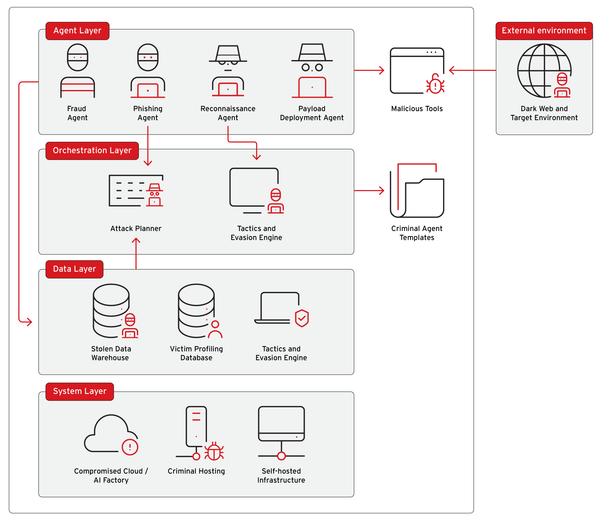Poland 2025: Eastern Europe's Cyber Hub - Where Strong Defenses Meet World's Highest Ransomware Attacks

Executive Summary
Poland presents a fascinating paradox in 2025's global cybersecurity landscape: ranked 2nd globally in the National Cyber Security Index for preparedness, yet simultaneously suffering the highest ransomware attack rate worldwide at 6% of all global incidents—surpassing even the United States. With 113,600 serious cyberattacks recorded in 2024, 2,100 weekly attacks on government and military institutions, and 68.9% of companies experiencing at least one cybersecurity incident, Poland has become both Eastern Europe's digital fortress and its most targeted battlefield.
This Central European nation of 38 million sits at a dangerous crossroads: geographically positioned between NATO allies and an aggressive Russia, technologically advanced with sophisticated defense capabilities, yet facing relentless state-sponsored attacks from Moscow's GRU, organized cybercrime syndicates, and an explosion of social engineering scams targeting its innovative BLIK mobile payment system. Poland's experience serves as a critical case study for what happens when a nation excels at cybersecurity preparation but faces overwhelming attack volume that even the best defenses struggle to contain.
Bottom Line Up Front: Poland's cybersecurity crisis isn't about lack of preparation—it's about being the primary target in a geopolitical cyber war while simultaneously battling the world's most sophisticated ransomware operations and homegrown payment fraud epidemic.
The Numbers Tell a Startling Story
Attack Volume and National Impact
Poland experienced 113,600 serious cyberattacks in 2024, with NASK reporting over 130,000 cyber incidents during the same period. Weekly attack rates on government and military institutions average 2,100 incidents—comparable to Czech Republic and Hungary (2,200) but significantly higher than Slovakia (1,400) or Germany (1,300).
In the first half of 2025, Poland ranked first globally for detected ransomware attacks, accounting for 6% of all worldwide incidents—surpassing even the United States. This represents an alarming escalation for a country with less than 1% of global population.
Only 59% of Polish businesses use basic cybersecurity software, leaving more than a third with no protection at all. Perhaps most concerning: 88% of organizations in Poland have already faced at least one cyberattack or data breach in recent years.
The Human Factor Crisis
Only 19% of Polish workers know what ransomware is. While more recognize terms like "phishing" or "identity theft," the lack of comprehensive training leaves companies dangerously exposed.
Poland's ability to meet the demand for cybersecurity professionals is critically low, covering only about 15% of demand. Europe faces a shortage of around 400,000 cybersecurity specialists, exacerbating this challenge.
Financial and Operational Impact
A staggering 68.9% of surveyed companies confirmed experiencing at least one cybersecurity incident in 2023, marking an increase of 5 percentage points compared to 2022. Poland recorded one of the highest rates of cyberattacks affecting business activity at 29.7%, just behind the Netherlands (30.1%) and Finland (43.8%).
Despite these risks, only 26.4% of companies have established procedures to handle security attacks and incidents, leaving a vast majority vulnerable to potential breaches.
The Ransomware Nation: Poland's Unwanted Global Leadership
Why Poland Became Ransomware Target #1
Poland took the top spot in a ranking no country wants to lead: ransomware attacks. In the first half of 2025, Poland surpassed even the United States, with 6% of all global ransomware attacks happening in Poland.





